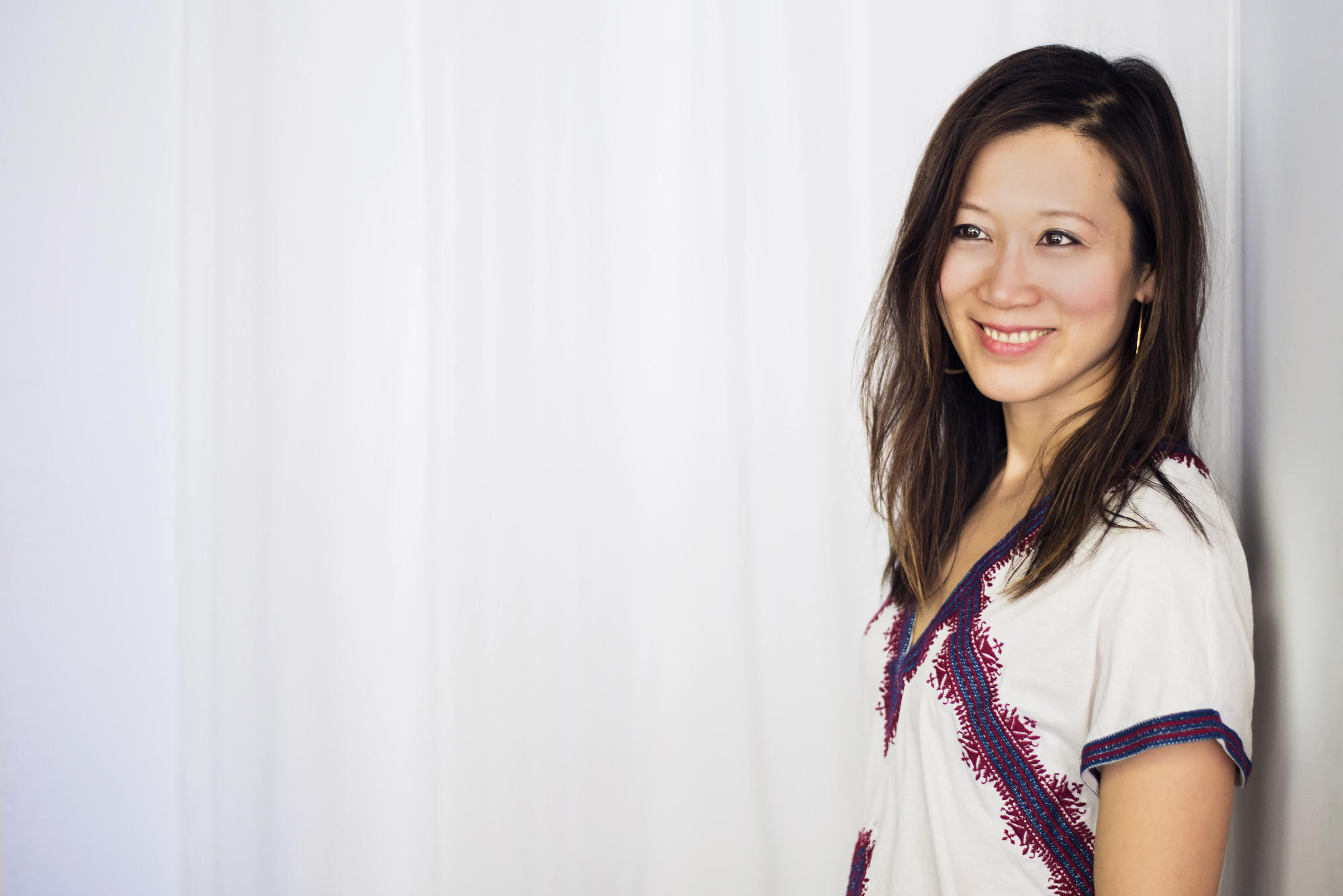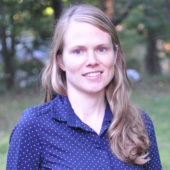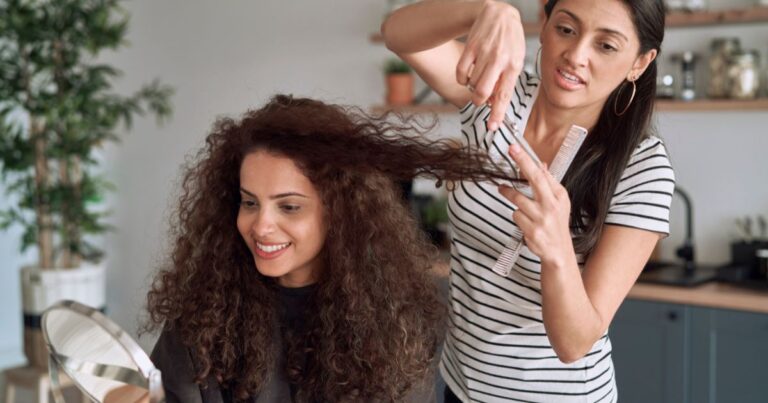Sophia Ruan Gushée left her successful career in investment management to study our toxic exposures from what we buy and do. She shares her expertise in her critically-acclaimed book A to Z of D-Toxing, as well as through her multimedia company, Practical Nontoxic Living, which recently launched its D-Tox Academy. We asked her a few questions to learn more about her take on detoxing…
1. When did you first learn about toxic chemicals in our homes?
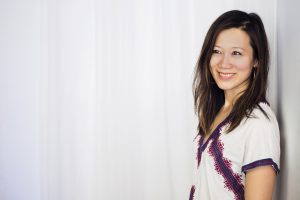
While my parents sometimes mentioned toxic chemicals during my childhood (like, after they saw me drinking from new plastic cups that had not yet been washed), I wasn’t interested or concerned about toxic chemicals until my first child was born in 2007.
After my daughter was born, part of my bedtime routine was to review books about parenting so I could plan my daughter’s daily schedules for the nanny (I worked full-time outside the home). During this routine, which started around midnight, I would accidentally learn about toxic chemicals in children’s products. My first encounter involved BPA (endocrine-disrupting) in plastic baby bottles, then nitrosamines (cancer-causing) in some baby bottle nipples.
This learning approach was highly disruptive to my sleep, which was during a time when parents of newborns already don’t have much opportunity to sleep.
2. What motivated you to write your book, A to Z of D-Toxing: The Ultimate Guide to Reducing Our Toxic Exposures?
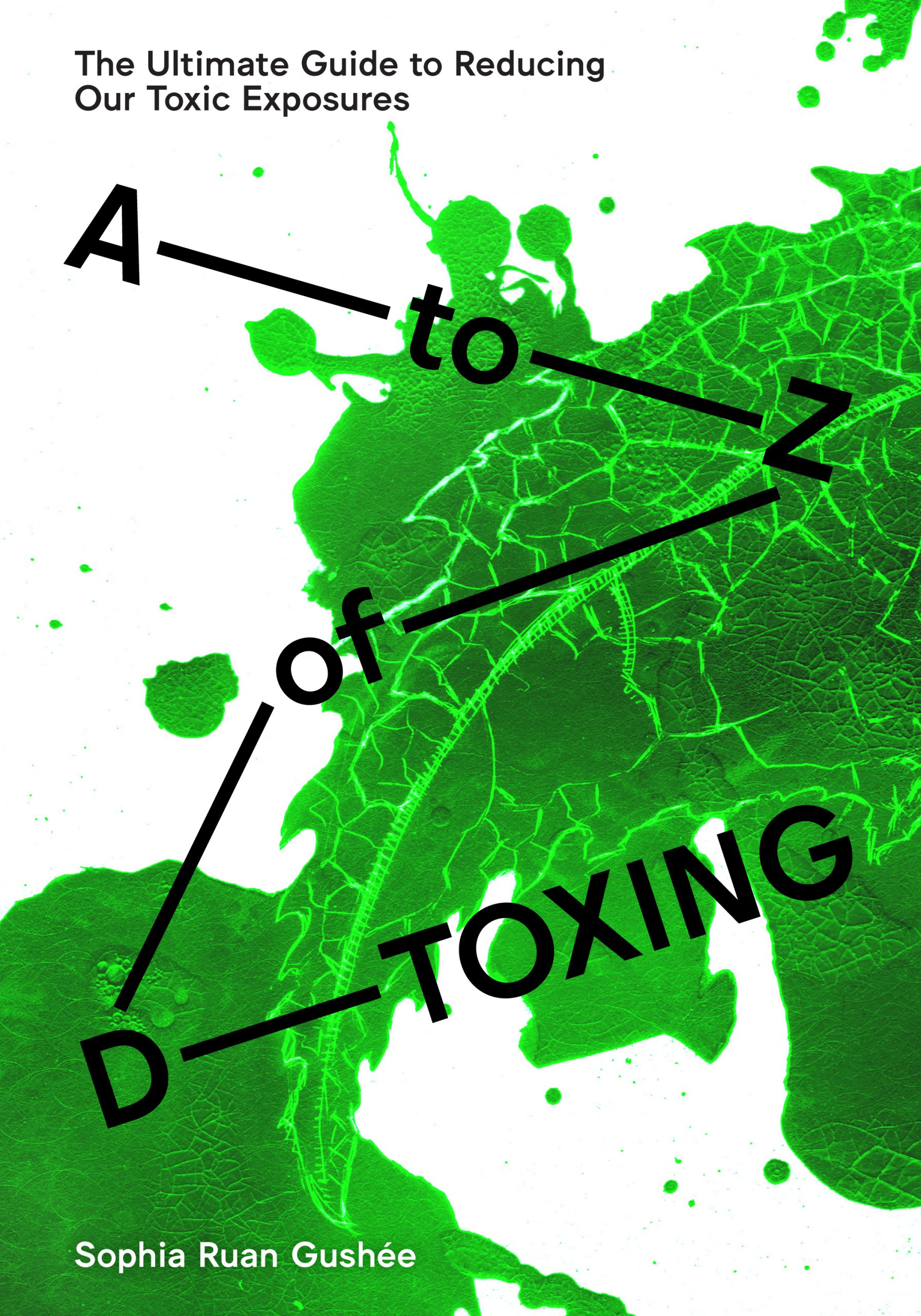 I hated the way I learned about toxic exposures from what I buy and do: at a timetable that was out of my control (usually when I should have been sleeping); without informed guidance (my trusted physicians were not trained on this topic); and while my three children were particularly vulnerable biologically. I often wished I could have learned about this topic before my first pregnancy.
I hated the way I learned about toxic exposures from what I buy and do: at a timetable that was out of my control (usually when I should have been sleeping); without informed guidance (my trusted physicians were not trained on this topic); and while my three children were particularly vulnerable biologically. I often wished I could have learned about this topic before my first pregnancy.
I decided to self-publish so I had complete control: I wanted it to be an authentic presentation (or argument) to my younger self of why I should embrace toxic exposures as a pillar of health that is as important as diet and exercise. I’m a fact-oriented person so I spent years vetting information to identify the best facts and most credible sources at the time of my research. I cite sources throughout the text so that patients and physicians can collaborate to explore—more holistically—the best healthcare approach. Most physicians don’t know about the thought-provoking science that exists on this topic.
My challenging learning curve motivated to create a book, A to Z of D-Toxing, that would have most likely engaged my skeptical, younger self. I created the book that I wish were given to me at my engagement party, as a wedding gift, or even my baby shower. Also, I needed a book to help inform all those who help me care for my family and home.
3. What are three easy things parents can do to protect their children from toxic chemicals?
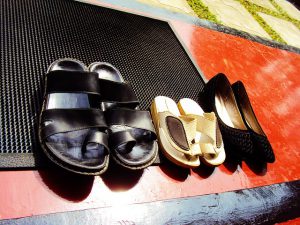
There are many easy things we can do.
First, avoid using plastic food and beverage containers as much as possible. There are glass options that are durable and safe for the freezer and oven. This will help minimize the amount of toxic chemicals that can leach from plastic containers into children’s diets.
Second, wash hands before touching food and mouths (babies and children are always putting things in their mouths). Dust has been found to harbor dozens of toxic exposures (chemicals and heavy metals), and we collect dust on our fingers. Further, children often have more exposures as they crawl and play on the floor and in dusty corners. Washing their hands often with nontoxic soap is high impact.
Third, have a no-shoes policy at home. The bottom of our shoes can track in pesticides and other toxic exposures. The EPA has found that having a large doormat at your home’s entrance, wiping the bottom of shoes on it, and leaving them near the door can remove lead dust by up to 60%.
4. Learning about the myriad toxic chemicals hiding in our homes and everyday products can be stressful and overwhelming. How do you stay sane while researching what you need to know to protect your family?
I am balanced by also learning about how brilliant and resilient our bodies are when we remove burdens, nourish them with nutrients to support what they are designed to do, and provide restorative sleep.
My journey of learning about our toxic exposures has led me to feel more connection to everything: every person, all life-forms, our planet, and the past, present, and future. While that may sound overwhelming, it ends up making me feel extremely grounded in the present: the only thing I really can control. This context helps me realize my small role in the big picture, which highlights to me that my purpose is to contribute to the best of my ability, and the rest is out of my control.
5. Since toxic chemicals are all around us, no matter how careful someone is, they’re still going to be exposed. What’s your advice for people who want to be a part of the movement to “detox” the world around them, not just their own shopping habits?
We have endless opportunities to detox our environments so select changes that don’t threaten your joy, honor the pace that’s comfortable and sustainable for you, talk about this topic with anyone who may be interested because we need more people to care and make conscious choices (similar to climate change, our collective effort is critical), sign petitions to let policy-makers know you care, vote with your dollars, and just be curious. Similar to how we’re increasingly becoming more curious about the quality of what we eat, we should become more curious about what we buy for, and keep in, our homes. My online D-Tox Academy is an excellent community to support this. It aims to make practical nontoxic living easier, pleasant, and accessible.

